When a distant quasar was found to have two sources, University of Washington student Anaïs Martin wanted to find out why.
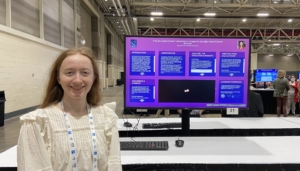
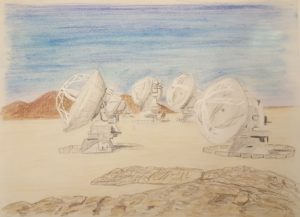
A Molecule, a Telescope, and Everything: A History of ALMA and Millimeter Astronomy
Carbon monoxide (CO) is a simple molecule, just one carbon atom closely bound to one oxygen. Neither of these…
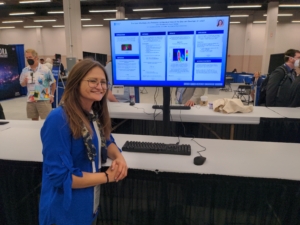
Cooking With Gas
When a star begins to form, the heat and pressure generated during the initial collapse of a protostar can…
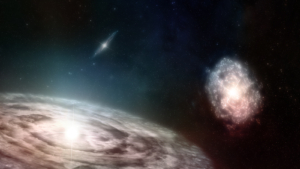
The Chaotic Cores of Perseus Protostars
The formation of a star has a simple tale. A region of interstellar gas collapses under its own weight,…
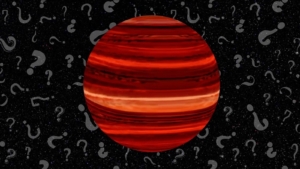
The Mouse That Roared: The Strange Tale of a Brown Dwarf
Recently the Atacama Large Millimeter/Submillimeter Array (ALMA) found an unusual object during observations for the Ophiuchus Disk Survey Employing…
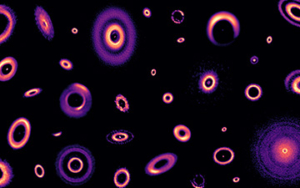
Dusty Doughnuts from your Local Cosmic Café
On a clear dark night, the plane of our Galaxy can be seen arching overhead, filled with bright stars…

